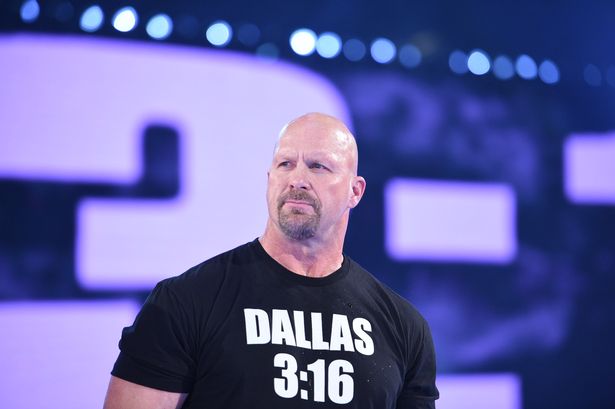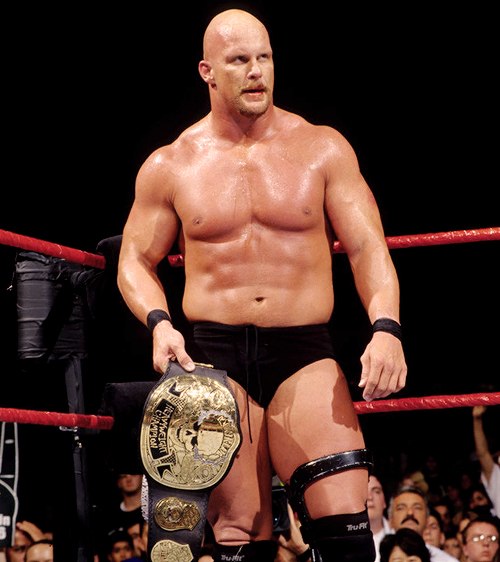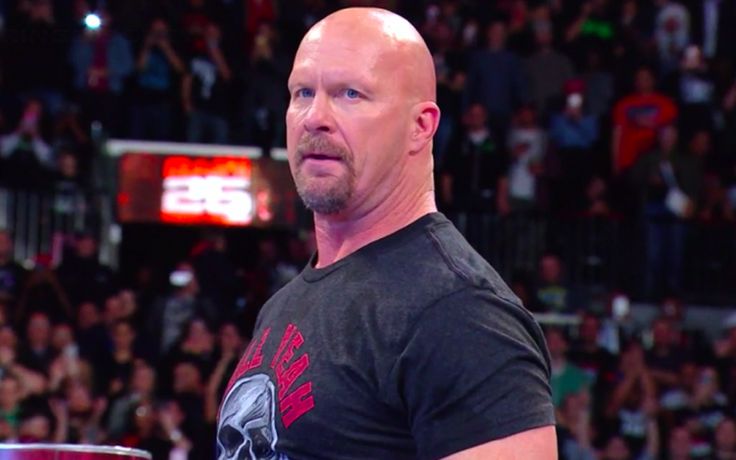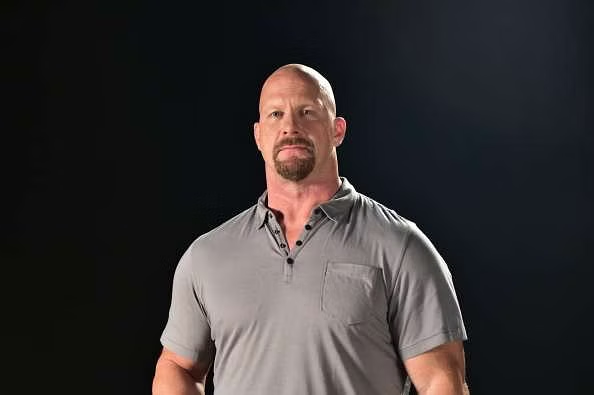Stone Cold Steve Austin has been a mythical discern in expert wrestling for decades. Austin, who’s regarded for his rebellious mindset and sturdy body, became a WWE fan favorite in the past due 1990s to early 2000s. This period was known as the Attitude Period. Austin’s physical health played an crucial position in his achievement. While his air of secrecy within the ring and his mic skills have been a large a part of it, his superb body additionally contributed to his recognition. This article examines the exercise regimen that helped to shape Stone Cold Steve Austin. It additionally explores his background in sports and his education as a wrestler, as properly the events that led as much as his stop.
What sports did Stone Cold Steve Austin play?

Steve Austin began his professional wrestling career following an active interest in sport. This helped him develop his athleticism, and he also developed a strong physical condition. Austin, born Steven James Anderson (later known as Steve Williams), was a multi-talented athlete growing up in Edna. He played football in high school and at the college level.
Austin modified right into a soccer scholar at Wharton County Junior College earlier than shifting to University of North Texas. Austin changed into an incredible football player however his career did no longer attain the professional level. His football historical past furnished him with a solid physical base which encompass electricity, agility, and persistence. This experience should prove invaluable during his professional wrestling career.
Austin also competed in track and fields during his high-school years in events such as shot put and discus. These sports helped him develop his strength and explosive power.
Who trained Stone Cold Steve Austin?
Stone Cold Steve Austin first began his expert wrestling career in the late ’80s. His journey to the top was shaped under the guidance of many trainers. Austin received his initial training at Chris Adams’ wrestling academy in Dallas, Texas. Chris Adams, an English professional wrestler who is known for his technical abilities, played a key role in Austin’s development.
Austin was taught the basics of professional wrestling by Adams, including matwork, submission holds and ring psychology. Austin quickly learned these lessons, and in 1989 he made his debut as a professional wrestler under the name “Steve Austin,” because there was already another wrestler called “Dr. Death”, Steve Williams.
Austin’s career led him to different wrestling promotions including World Championship Wrestling and Extreme Championship Wrestling. Austin received mentoring from veterans such as Dusty Rhodes, Ricky Steamboat and others during his time with WCW. They helped him develop his style and persona in the ring. Austin’s natural talent, along with his work ethic and experiences in WCW, helped him achieve stardom.
When did Stone Cold Steve Austin walk out?

On June 10th 2002, Stone Cold Steve Austin made the move and left WWE. This became one among his maximum notorious moments. This incident occurred in Atlanta, Georgia during a Monday Night Raw episode. Austin’s reasons for walking out were due to creative differences, frustration with the direction his character was taking and the company’s decision-making.
WWE’s creative staff had originally planned that Austin would lose to Brock Lesnar, a then-up and coming superstar in a King of the Ring qualification match. This match was not advertised. Austin, a WWE star for many years, thought that this match should be a major pay per view event, not a free TV contest. He felt that it was a waste of his star-power and would hurt his credibility.
Austin left the employer because he felt disrespected by his manager and become sad with how he become dealt with. Austin’s walkout shocked the wrestling community and caused a brief-term ruin from WWE. Austin lower back to WWE later, but this incident was a turning-point in his profession that contributed to his choice to retire.
What ended Stone Cold Steve Austin’s career?
Stone Cold Steve Austin’s profession as a wrestler become reduce quick through a chain of accidents. The most serious was a neck fracture he suffered in 1997. Austin and Owen Hart confronted off in a WWE pay-per view occasion SummerSlam. Austin become injured whilst Hart tried a sit-out pildriver. The pass went incorrect, and Austin ended up landing on his face. Austin turned into quickly paralyzed with the aid of the effect, which prompted a intense damage to his neck.
Austin recovered eventually and returned to the ring. However, the injury has long-lasting effects. The damage to his neck caused chronic pain and restricted mobility. He continued to wrestle for many years at an elite level. The damage to his body was evident even after he had surgery.
Austin’s physical limitations were further exacerbated by his knee issues, in addition to his neck injury. Austin’s injuries had a cumulative effect by 2003. He could no longer perform at his former level of excellence. Austin made the hard decision to retire rather than risking further injury.
Austin’s last official match was at WrestleMania VIII in March 2003. He faced The Rock for their third WrestleMania confrontation. The match marked the end of Austin’s career as both he and The Rock gave a memorable performance, which left fans with long-lasting memories.
Stone Cold Steve Austin Workout Routine

Stone Cold Steve Austin’s exercise routine is designed to maintain a muscular, powerful body that has become synonymous with his “toughest S.O.B.” persona. persona. Although the specifics of his routine have changed over the years the fundamental principles of his training remain the same.
1. Weight Training
Austin’s workout routines focused on weight schooling and compound moves to construct power and mass. Austin’s workouts included sporting activities like shoulder presses, squats and deadlifts. The sporting activities he did not handiest helped him advantage weight, but they also advanced the explosive strength he needed to carry out within the ring.
2. Cardio-vascular Exercise
Austin added cardio to his weight-training routine to increase his endurance. Austin’s cardio workouts usually included running, cycling or using an elliptical. Austin needed to do cardio in order to keep up with professional wrestling’s fast pace and physical demands.
3. Functional Training
Austin’s exercise routine additionally included realistic education. This form of schooling mimics real-life movements and enhances athletic overall performance. Austin used physical activities which encompass medicinal drug ball throws and kettlebell swings to decorate his center electricity, agility and coordination.
4. Injury Recovery and Injury Prevention
Austin’s recovery habitual changed into essential, given the physical toll that wrestling had on his frame. Austin used massage therapy, foam rolling and stretching to alleviate muscle ache and save you harm. Austin needed to relaxation and get better nicely in order to preserve his degree of performance and prolong his career.

